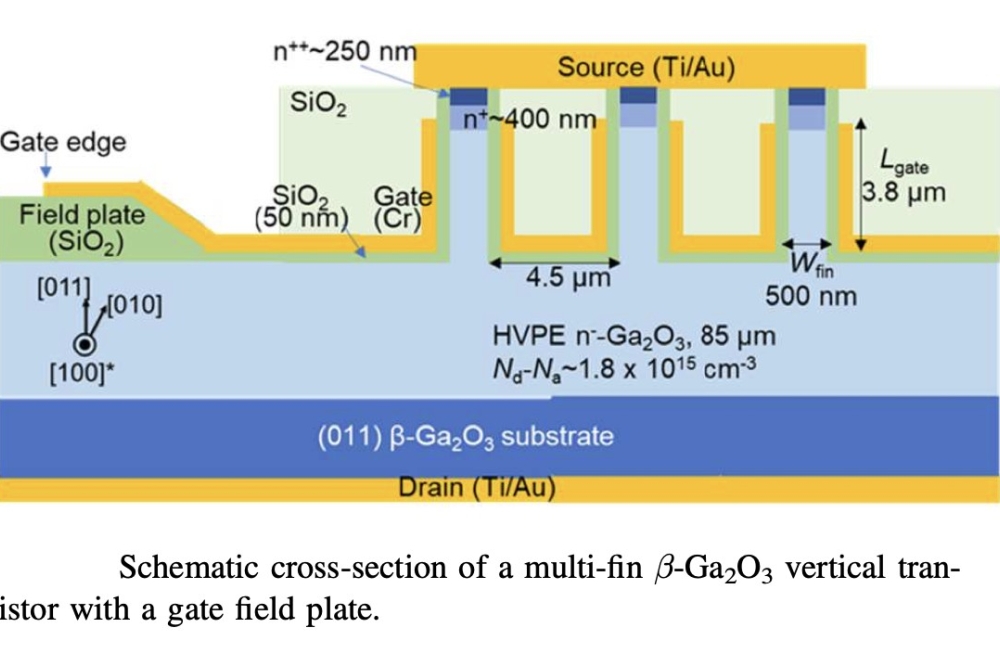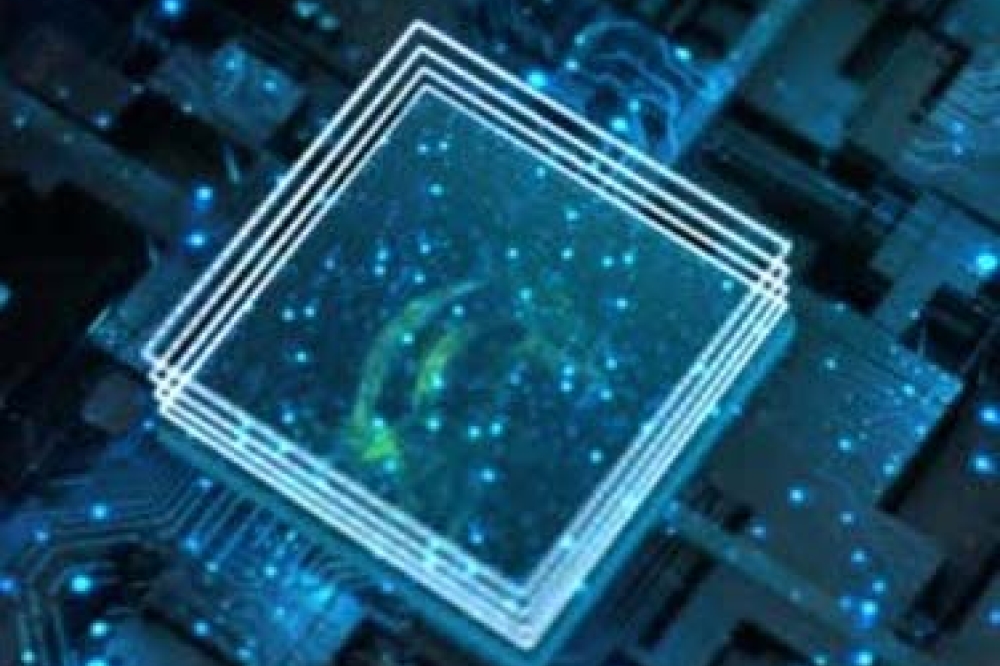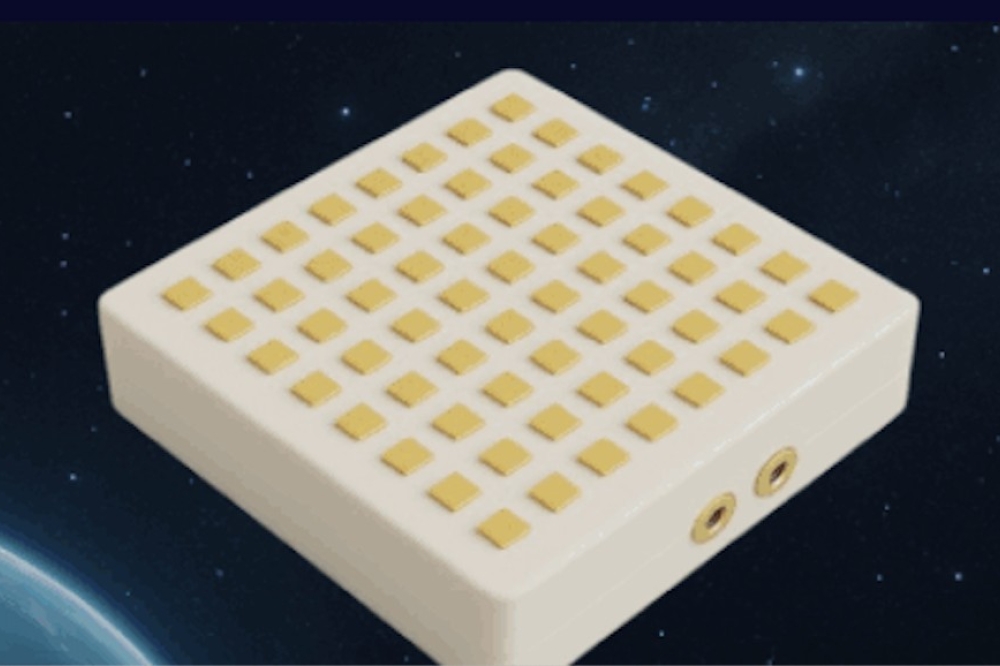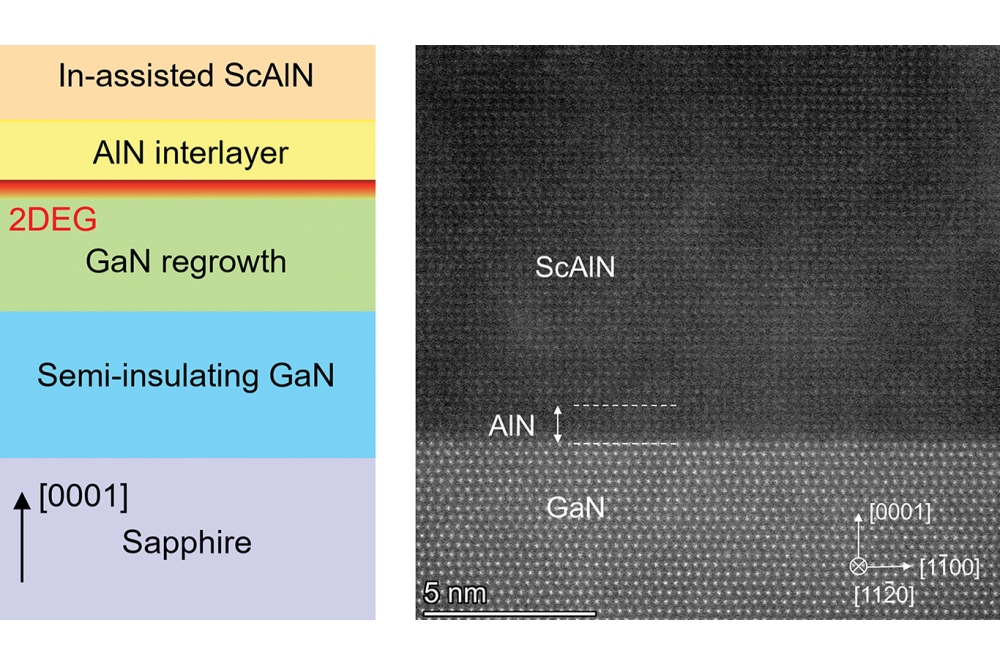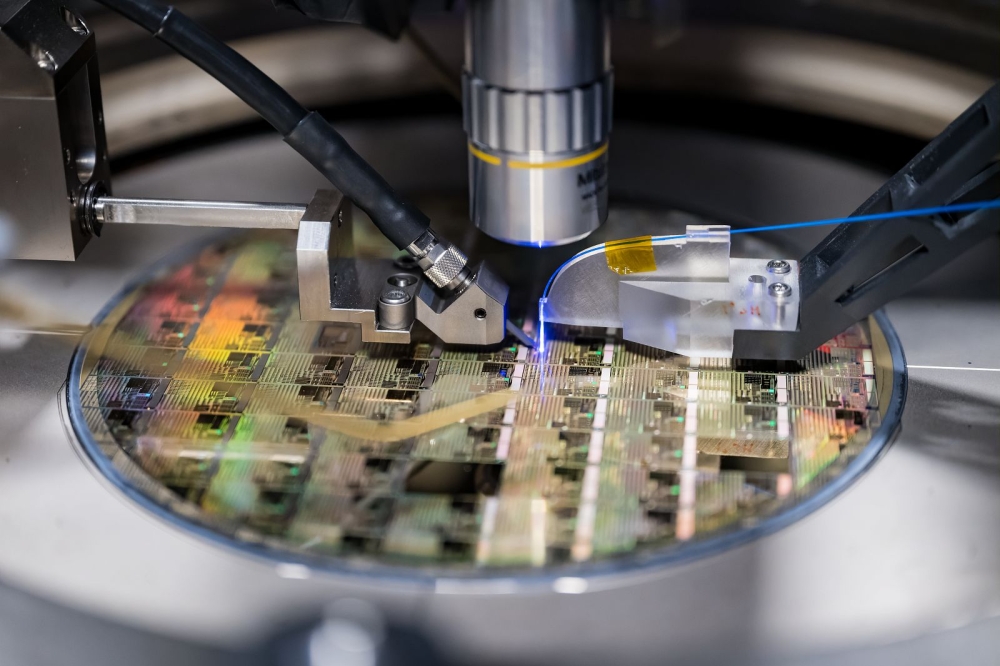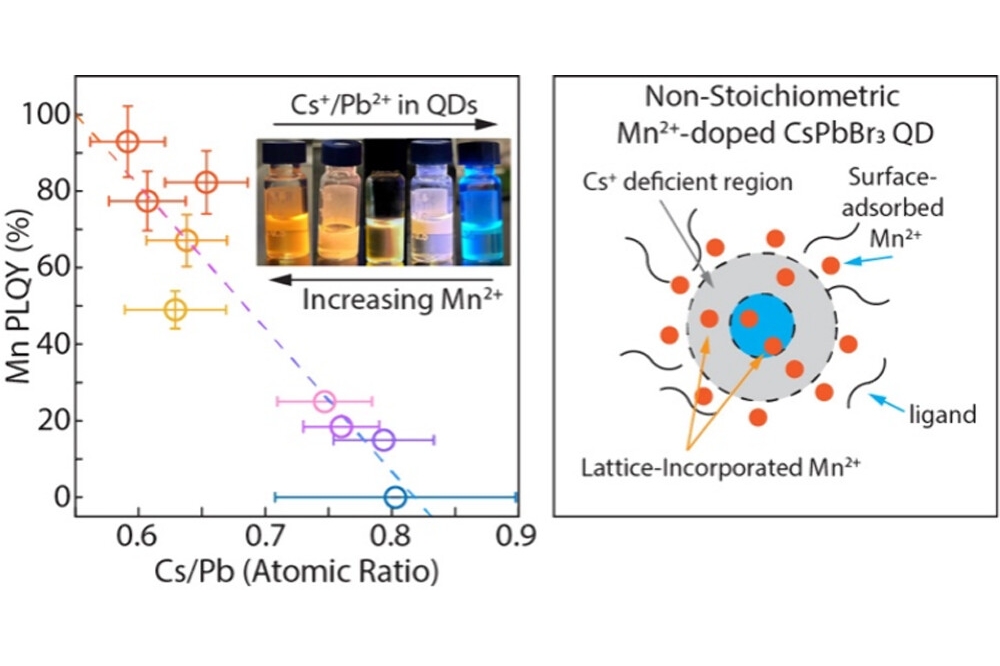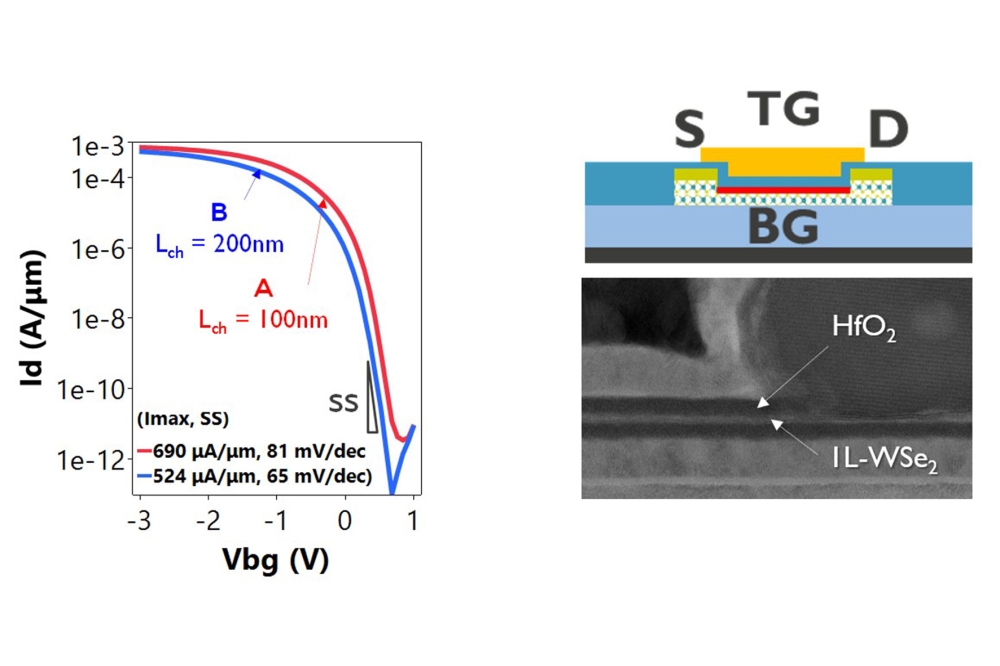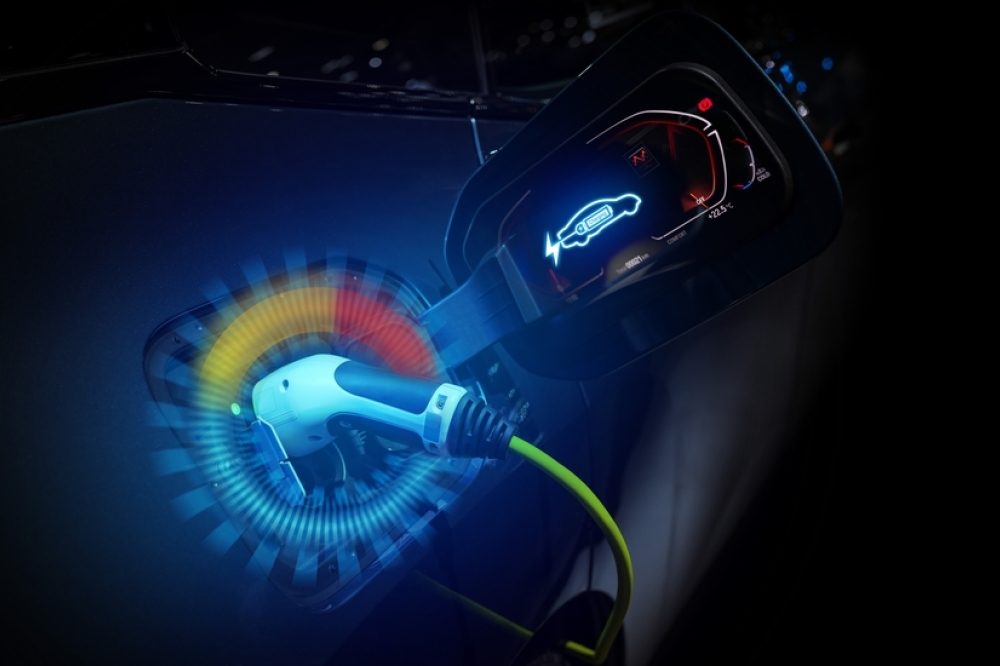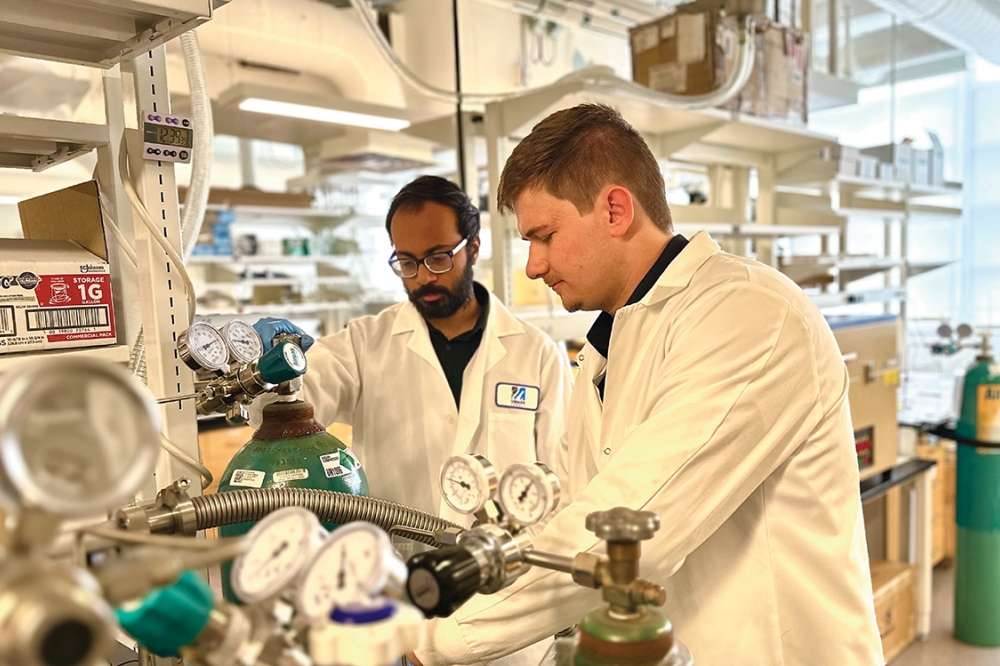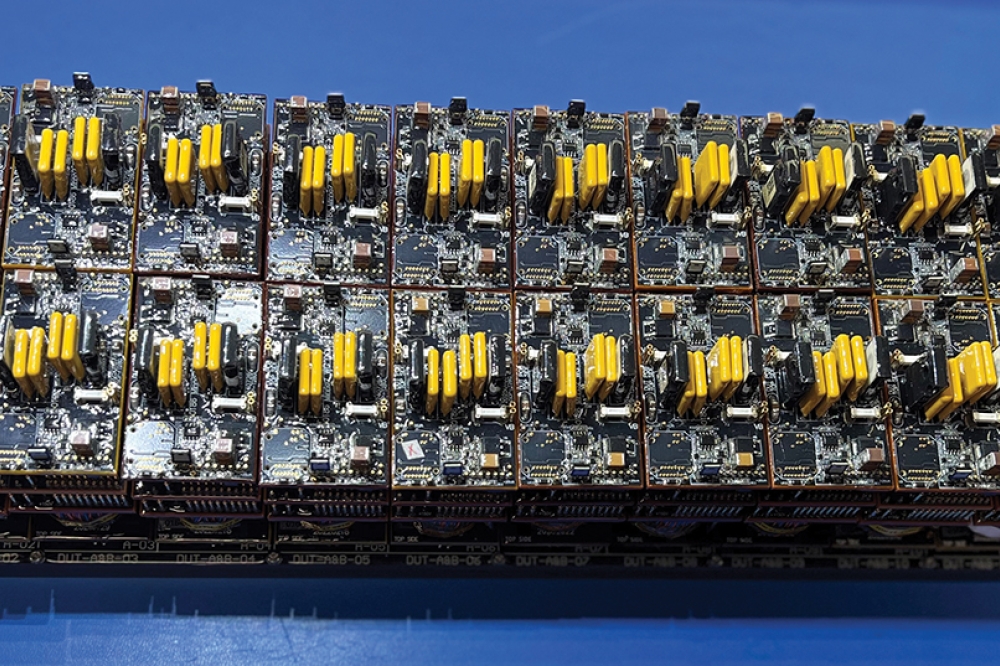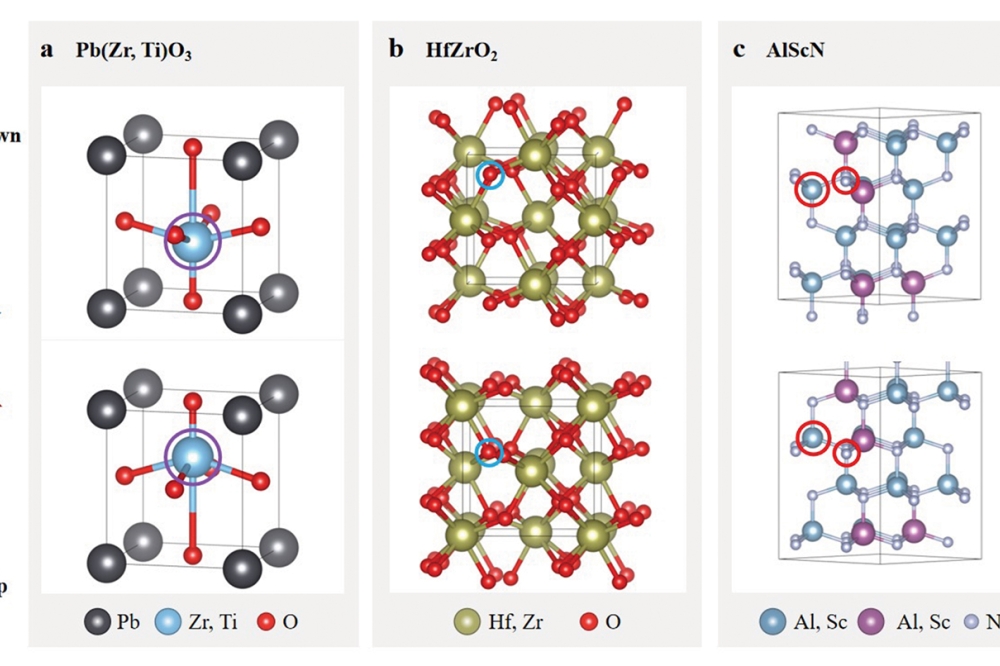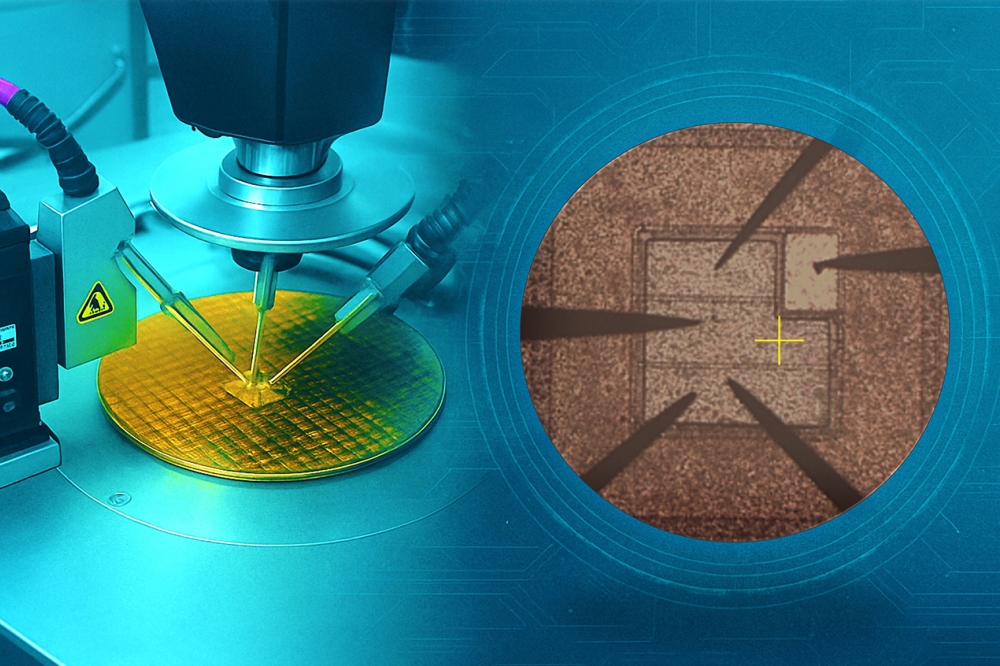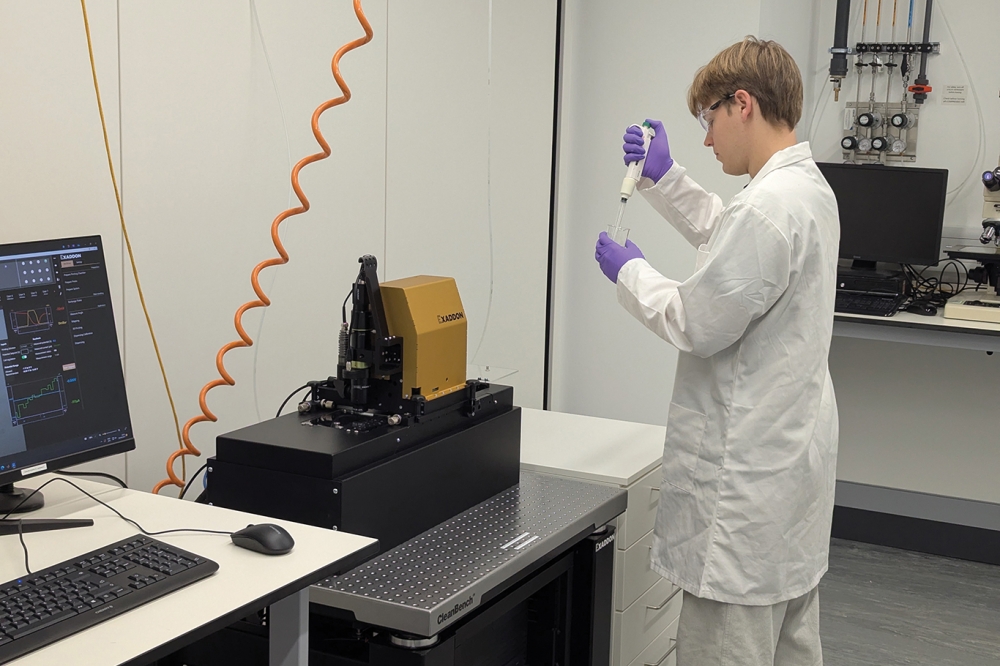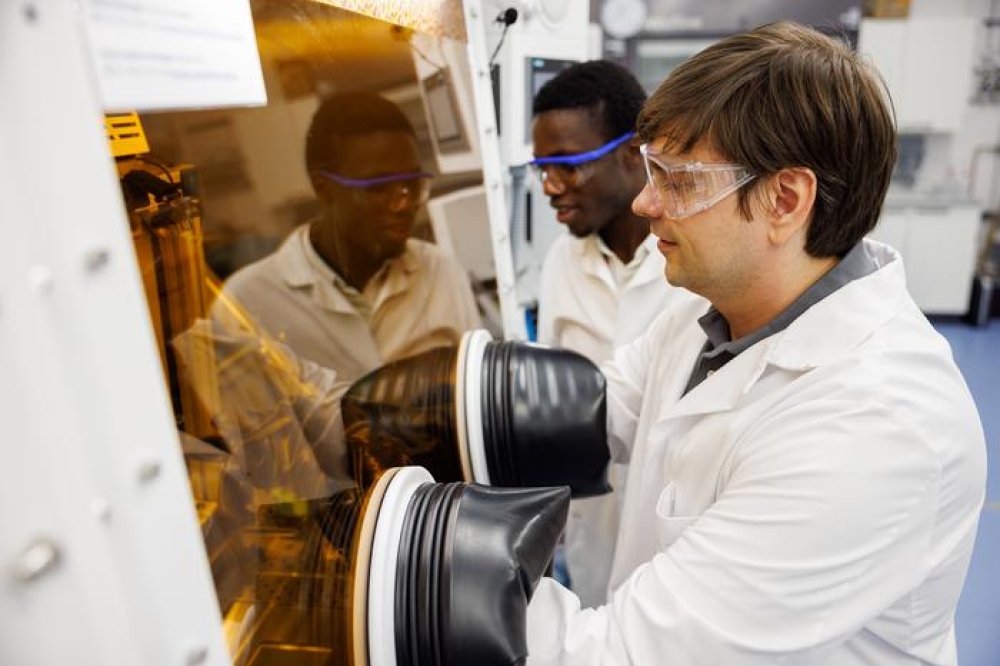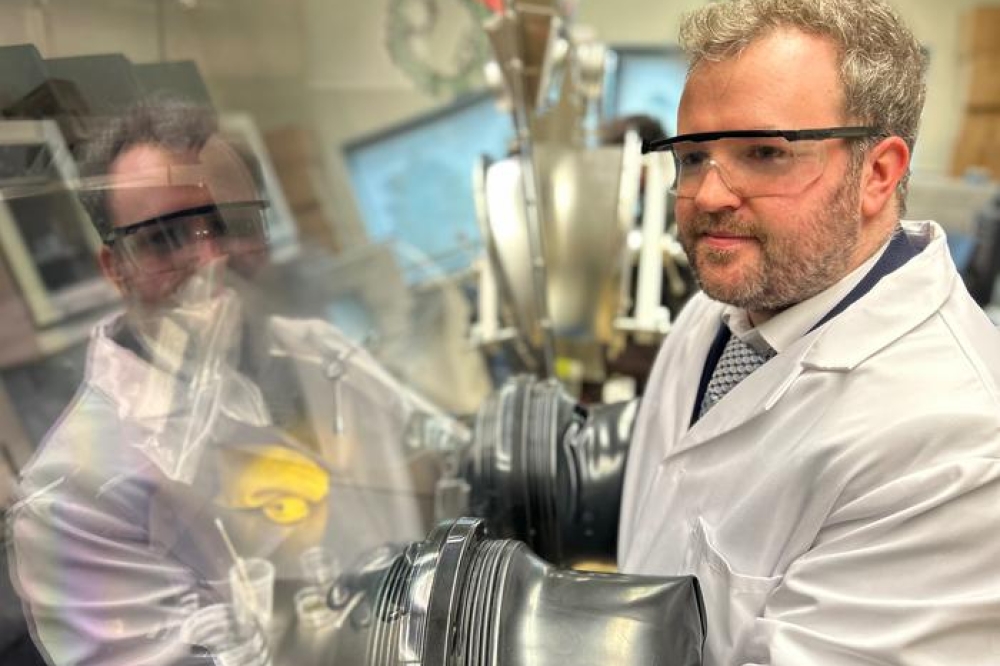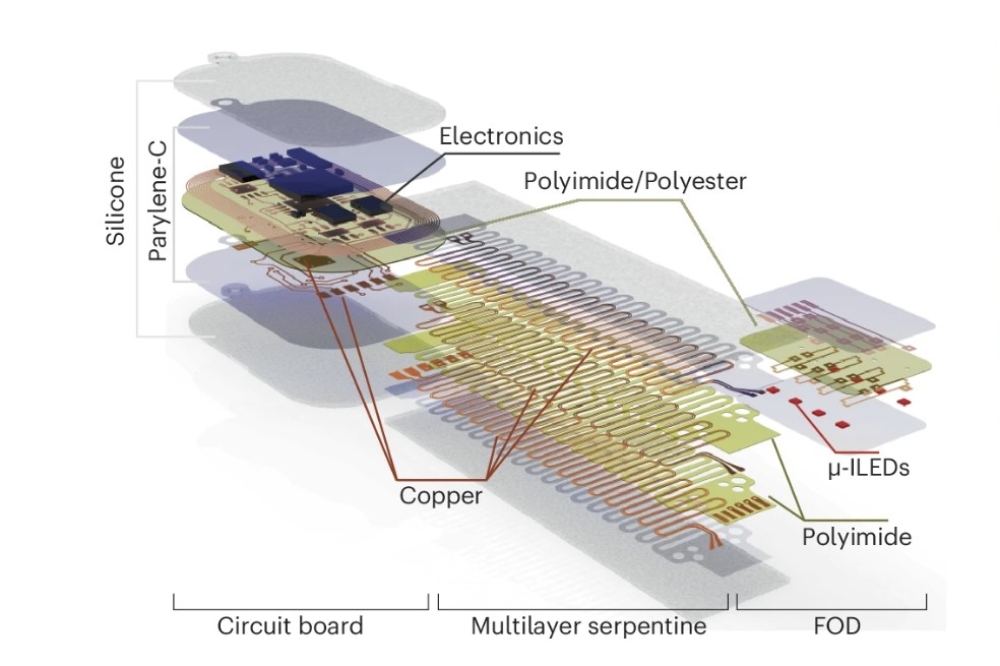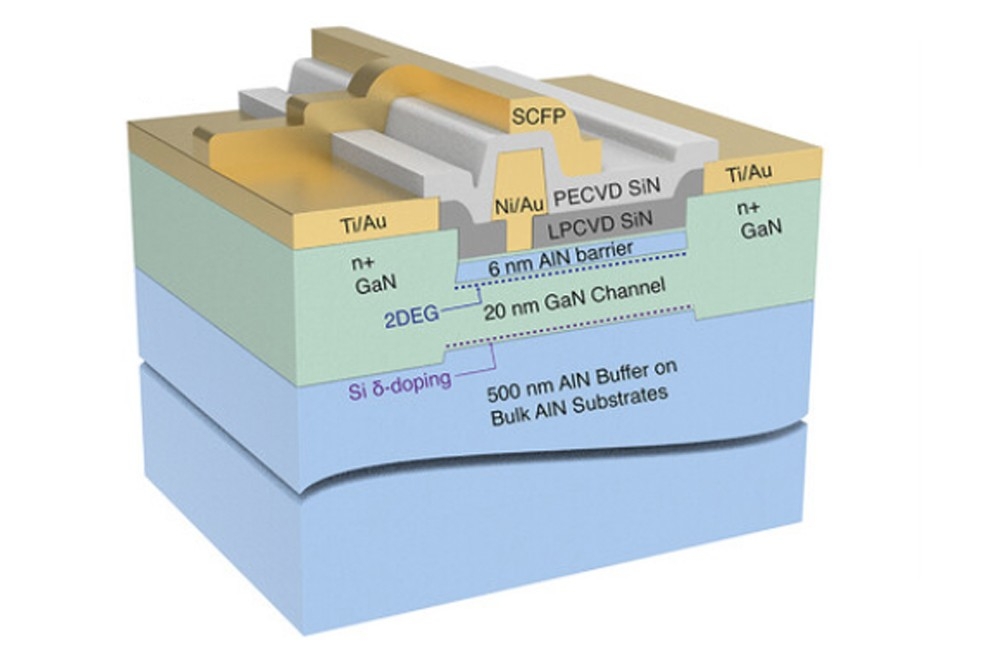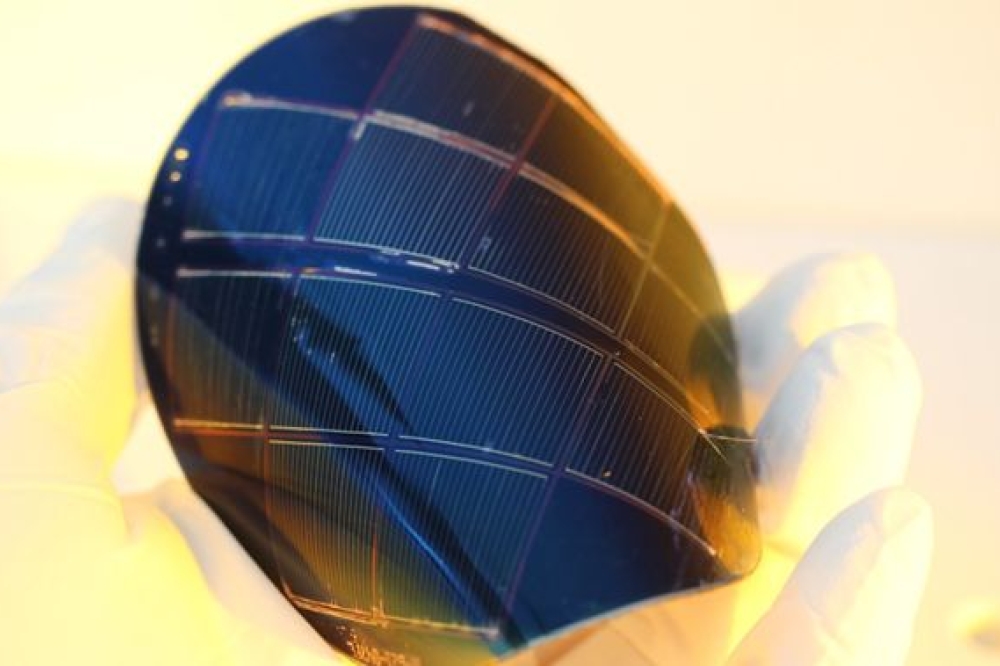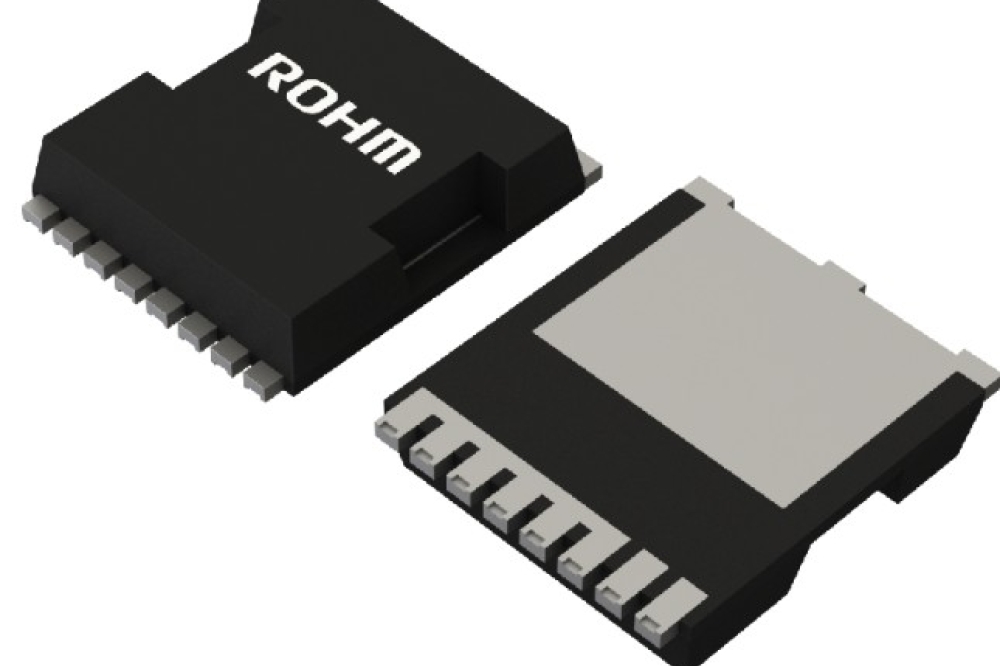Introducing the EGOFET synaptic phototransistor
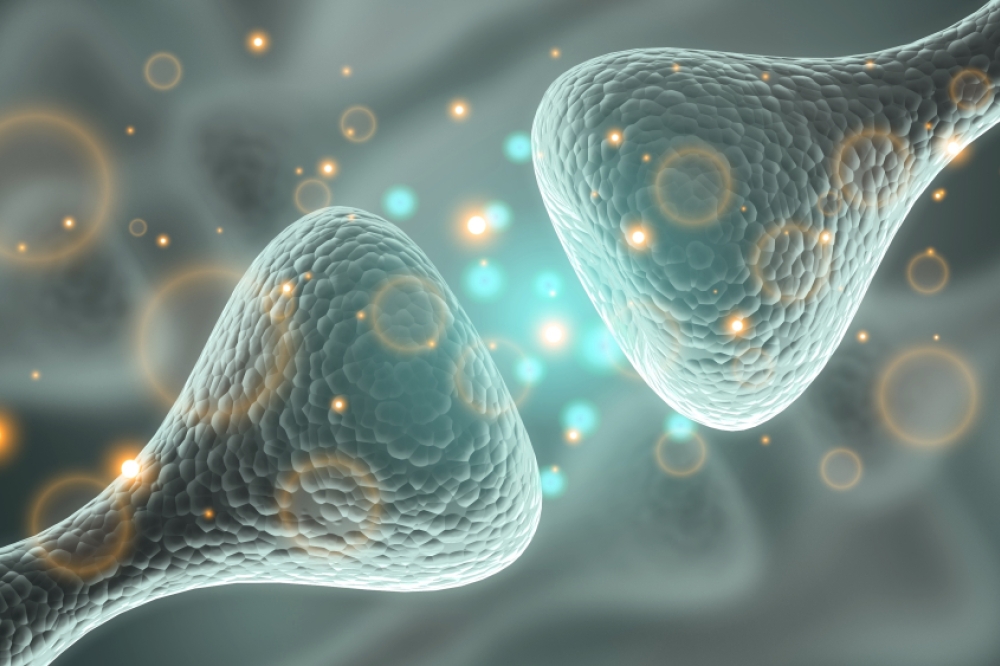
A new form of energy-efficient artificial vision system inspired by the human brain and made in part using honey could help reduce the impact of electronic waste.
Engineers from the University of Glasgow partnered with researchers from São Paulo State University (UNESP) and Hong Kong Metropolitan University to develop the system, which uses organic, biodegradable and recyclable parts to ‘see’ and ‘remember’ colours while drawing a tiny amount of power.
The team’s system, known as an Electrolyte-Gated Organic Field-Effect Transistor (EGOFET), combines three functions - sensing light, processing the information, and storage - in a single unit capable of mimicking the human visual system. It is non-volatile so can retain information when switched off.
Emerging photoelectric devices, which detect light and convert it into electrical signals in a similar way to human eyes, include two-terminal memristors and three-terminal transistors which have shown synaptic capabilities through materials such as 2D MoS2 , silicon nanocrystals, graphene, metal oxides, carbon-nanotubes or InAs quantum dots embedded in GaAs/AlGaAs heterojunctions. These all use complex fabrication methods and consumer much more energy than biological synapses.
In contrast, the EGOFET has a simple fabrication process and uses materials that are not hazardous to the environment and/or human body, according to the researchers.
In a paper 'Sustainable and Tunable Synaptic Electrolyte-Gated Organic Field-Effect Transistors (EGOFETs) for Light Adaptive Visual Perceptive Systems' published in Advanced Functional Materials, the team describe how they built their prototype EGOFET on a glass substrate using gold electrodes, a layer of organic, photosensitive perylene, and a layer of honey to act as an electrolyte, which seems to be a first in a synaptic phototransistor (SPT).
The use of honey as an electrolyte provides a simpler processing route compared to conventional electrolytes, which often require multiple preparation steps in a controlled, cleanroom environment.
Theodoros Serghiou of the University of Glasgow’s James Watt School of Engineering led the development of the EGOFET. He said: "In conventional computing, there's an inherent latency from having to fetch and transfer data in CMOS-based systems due to the physical separation between the processing and memory units.
“Our new memory-based device, however, performs these functions simultaneously in-memory, similar to how synapses in the human brain work, helping to overcome the bottlenecks of conventional systems.
“Our device’s ultra-low power consumption and sustainable materials could pave the way for eco-friendly, scalable artificial vision systems in the years to come.”
The system acts as a photodetector, producing ‘spikes’ of current which vary in response to different wavelengths and intensities of light, allowing the programming of memory states which can be remembered by the system even when it is switched off.
The EGOFET achieves some of the highest performances measured to date, requiring only 2.4 picojoules of energy per spiking event - making it one of the most energy-efficient devices of its kind. Conventional CMOS imaging systems often require millions of times more power due to their clock-driven response.
The James Watt School of Engineering’s Professor Jeff Kettle is the paper’s corresponding author. He said: “Our device is able to emulate key synaptic behaviours such as short-term and long-term plasticity, spike-time dependent plasticity and paired-pulse facilitation with high fidelity.
“The implications of this research, which brings together experts from around the globe, extend beyond artificial vision to broader applications in sustainable neuromorphic computing, image processing and energy-efficient bio-inspired electronics.
“We plan to scale this single-device prototype into arrays for enhanced image recognition capabilities, which could provide enhanced performance for artificial vision systems before being more sustainably disposed of at the end of their lifecycle.
Once the device’s useful lifespan is complete, the team expect that the glass and gold elements could be recycled and reused, while the organic elements could be left to biodegrade naturally.
The research was supported by funding from the UKRI Responsible Electronics and Circular Technology Centre (REACT) and the Engineering and Physical Sciences Research Council in the UK, and the São Paulo Research Foundation (FAPESP) in Brazil.



